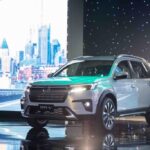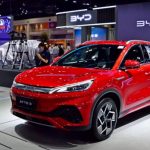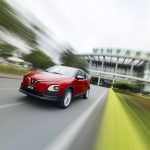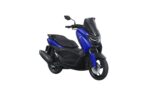Chinese EV Maker BYD Selling Vehicles for Double or Triple the Price Overseas
American and European politicians have warned that their domestic auto industries could be devastated by a wave of cheap electric vehicles from China. Yet, far from undercutting rivals on price, BYD is actually charging significantly more for its electric cars abroad than it does at home.
The goal is to capture fatter profit margins that the Chinese carmaker can’t get in the fiercely competitive market at home.
BYD EVs Cost Double or Even Triple in Export Markets
Reuters reviewed pricing data from BYD or its official distributors in five of its top export markets: Germany, Brazil, Israel, Australia and Thailand. BYD primarily sells three electric car models in these markets: the Dolphin, Seal and Atto 3. The Seal is not yet available in Israel.
In these markets, the starting price of the BYD Atto 3 is marked up by 81% to 174% compared with China. The equivalent increases for the BYD Dolphin range from 39% to 187%, and 30% to 136% for the Seal.
Comparing starting prices across markets is complicated by differences in equipment levels. In some cases, the standard specifications of the export versions are more generous than in China.
In the cases where the closest comparisons can be made, the markups on BYD’s export models are often substantial. For example, comparable versions of the BYD Dolphin in Germany and China have a sticker price difference of $37,439 versus $16,524. The BYD Seal, meanwhile, sells for $48,139 in Germany – a 59% increase over its 30,317 price tag in China. By comparison, Reuters analysis shows that Tesla – which has a higher cost base than BYD – sells its Model 3 in Germany for only 37% more than in China.
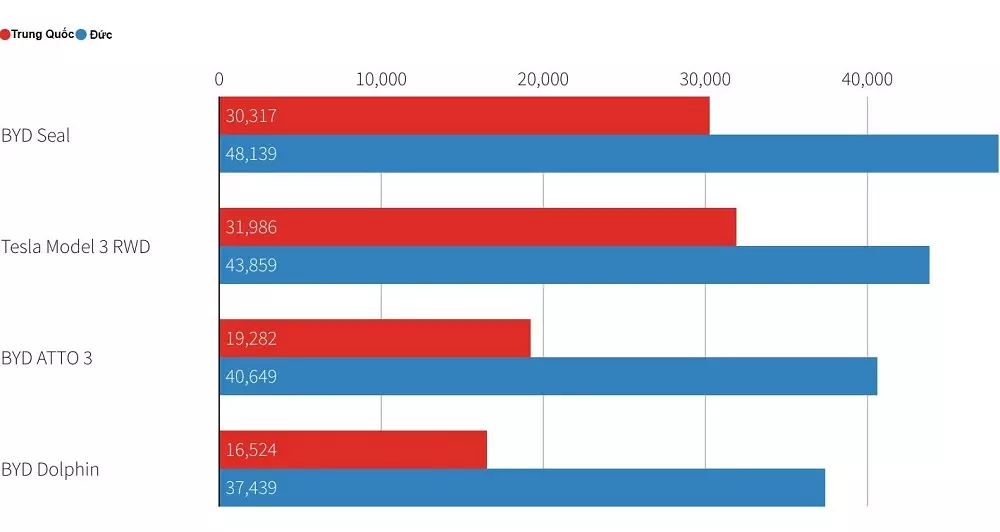
Chart comparing BYD and Tesla prices in Germany and China.
BYD did not respond to Reuters requests for comment. In a private meeting in March, BYD Chairman Wang Chuanfu told investors the company expects exports to boost its profit this year as a price war at home weighs on the company’s bottom line.
It’s not unusual for automakers to charge different prices when they export vehicles. However, the scale of BYD’s markups in overseas markets is unusual, said Sam Fiorani, vice president of global vehicle forecasting at market research firm AutoForecast Solutions. “Vehicles sold globally tend to have fairly narrow price bands,” Fiorani said.
The price differential partly reflects the intense competition in China, the world’s largest car market, where dozens of electric vehicle brands are engaged in a price war. BYD’s Seagull, a pure electric hatchback, now sells for the equivalent of less than $10,000 in its home market.
The elevated prices of BYD’s exports also underscore the huge cost advantage Chinese EV makers have over foreign rivals. Chinese industry experts and battery cost data show the country has squeezed costs across the board, from raw materials to batteries, factories, and labor. Domestic brands and foreign automakers alike also benefit from generous government subsidies for EVs and plug-in hybrids, which accounted for more than a third of new car sales in China last year.
BYD benefits from a vertically integrated supply chain that gives it an edge over traditional carmakers. It makes almost every component of its cars in-house, rather than outsourcing to suppliers. Keeping battery costs down – the single most expensive part of an EV – is key.
Keith Norman, chief sustainability officer at Silicon Valley battery startup Lyten, said BYD and other Chinese automakers and suppliers have spent the last two decades securing access to mines around the world and investing heavily in critical battery minerals, such as lithium and cobalt. “They own the critical minerals,” Norman said.
Data provided to Reuters by Benchmark Mineral Intelligence shows battery pack prices in China this year are about 18% lower than in Europe. Chinese automakers are further helped by cheaper factory space, often subsidized by local governments, and lower electricity and labor costs.
According to Mark Wakefield, global co-leader of the automotive practice at New York-based consulting firm AlixPartners, companies can also build factories in China in as little as a year because they don’t face the same regulatory hurdles as in Western countries. That means Chinese automakers have much lower capital investment per vehicle. “And you end up with a lot more money,” Wakefield said.
The cost advantage has foreign rivals worried. Some U.S. and European automakers are calling for higher tariffs on Chinese EVs. BYD and other Chinese EV makers have expanded into Europe but have yet to sell vehicles in the United States, where they face higher tariffs and more political resistance.
Exports Bring Hefty Profits
China’s dominance of the global EV industry was on display at the 2024 Beijing International Automotive Exhibition, where BYD is showcasing a pair of luxury sedans as part of its push upmarket. Automakers, mostly Chinese brands, are expected to launch 110 new electric and plug-in hybrid models in China this year alone.
EV manufacturing cost experts who spoke with Reuters said the higher prices of BYD’s EV exports allow it to make a far bigger profit on each vehicle. That margin also gives the carmaker flexibility to slash prices if needed to gain market share overseas.
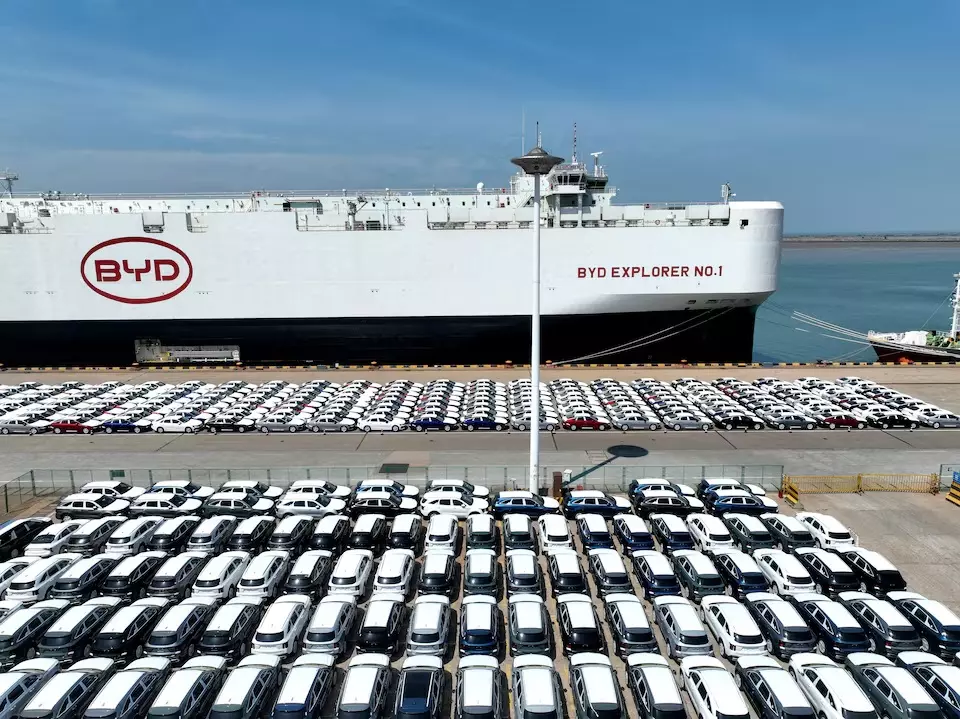
Exports bring far more profit to BYD than domestic sales.
Ben Townsend, head of automotive at U.K.-based research firm Thatcham Research, said Chinese carmakers, led by BYD, are for now content to keep export prices high and reap the profits. He said Chinese EV makers often struggle to break even or make a small profit at home. “They are not trying to get their volume in Europe on price. They are trying to make a profit,” Townsend said.
Automakers can incur substantial costs when exporting vehicles. However, an analysis by A2MAC1 – a company that disassembles vehicles for manufacturers to benchmark their rivals’ products – suggests the size of BYD’s export markups is more than enough to cover those costs and deliver thousands of dollars in profit per vehicle.
Based near Paris, A2MAC1 examined the European version of the BYD Dolphin, which sells for about $35,000, and the Chinese version, which sells for around $15,000. The European Dolphin is slightly longer, has a bigger battery pack, a more comfortable suspension, and extra sensors. However, even after accounting for those upgrades, plus shipping and import duties, A2MAC1 estimated BYD’s profit margin on the European car is about $7,400 higher than what it makes on the same vehicle in China.
Reuters found that Chinese automakers typically price their vehicles at or slightly below their traditional European rivals while offering more interior and technology features as standard that European automakers charge extra for. For example, the top-of-the-line version of the BYD Atto 3 in Germany is priced at $42,789, undercutting the entry-level version of Opel’s Mokka-e electric SUV ($43,652) but more expensive than the starting price of Peugeot’s e-2008 ($41,298).
In some cases, BYD prices its cars above rivals. It sells a higher-spec version of the Seal in Europe for 10% more than the Tesla Model 3. In China, the BYD Seal is priced 6% lower than the Tesla.
BYD has emerged in recent years as the dominant player in China’s EV market. The company is now investing heavily and ramping up sales in markets around the world.
In 2023, BYD exported 240,000 vehicles, or 8% of its global sales of 3 million. But the automaker is rapidly adding new models and markets and expects to ship 400,000 vehicles overseas this year.


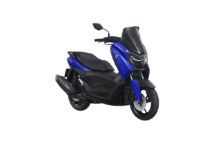

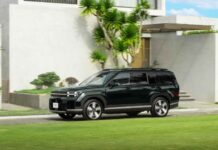

























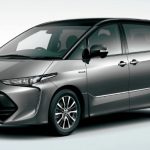
![[Quick Review] Hyundai IONIQ 5 – A Vehicle from the Future](https://vnauto.net/wp-content/uploads/2023/10/xehay-hyundaiioniq5-18052022-2-150x150.jpg)
